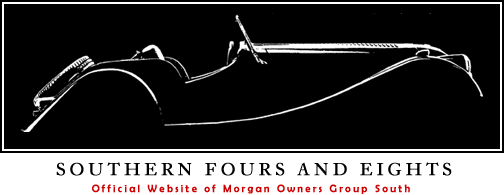Month: November 2016
-
How to Inspect Belts and Hoses for Overheating (www.consumerreports.org)
Check under the hood to spot problems before they become costly A belt or hose failure can cause an overheated engine and loss of the electrical charging system. If a hose leaks coolant or the belt turning the water pump snaps, the cooling system is inoperable. If the engine overheats, it can suffer serious internal…
-
The Smiting of the Knockoffs (www.roadandtrack.com)
If you buy an old sports car with wire wheels and those classic Rudge-Whitworth center-lock hubs, you may need a bigger hammer. BY PETER EGAN There are people who love puzzles and brainteasers, but I am not one of them. I hate having my brain teased. It’s already suffered enough. So when I ordered a…
-
Dashpot Oil (mossmotors.com)
Carb (SUs, Strombergs, etc.) Dashpots Poor acceleration and “sputtering” during acceleration may be due to a low oil level in the carburetor dashpots. Automatic transmission fluid works well in some carbs, but not in others. The old recommendation of “the same oil as used in the engine” is a good place to start. If this…
-
Christopher Ward signs partnership with Morgan Motor Co (http://www.watchpro.com/)
Two great British businesses came together yesterday as Christopher Ward announced an agreement with Morgan Motor Company that draws on the passion for design that the firms share. The watch brand’s eponymous founder told a press conference at SalonQP that he met Morgan’s head of design Jonathan Wells 18 months ago and the idea of…
-
MOGSouth Noggin at Amelia – March 10, 2017
Just as we did this past March, MOGSouth will have a Noggin (no host bar) at 5PM Friday (March 10, 2017) at Sliders Seaside Grill, 1998 South Fletcher Ave., Amelia Island – Fernandina Beach, FL *** New Location*** (The old location, Sandy Bottoms, is under new management, and closed for remodeling.) Nothing formal, just show up…
-
Morgan Three Wheeler Convention – May 2017 – Old and New M3Ws
The planning and preparation continues for the upcoming Morgan Three Wheeler Convention, May 2017, in Augusta GA, the heart of MOGSouth. If you are interested in what the old cars are like to drive or to maintain or have a dream of a new M3W in your garage, you just have to get to Augusta…
